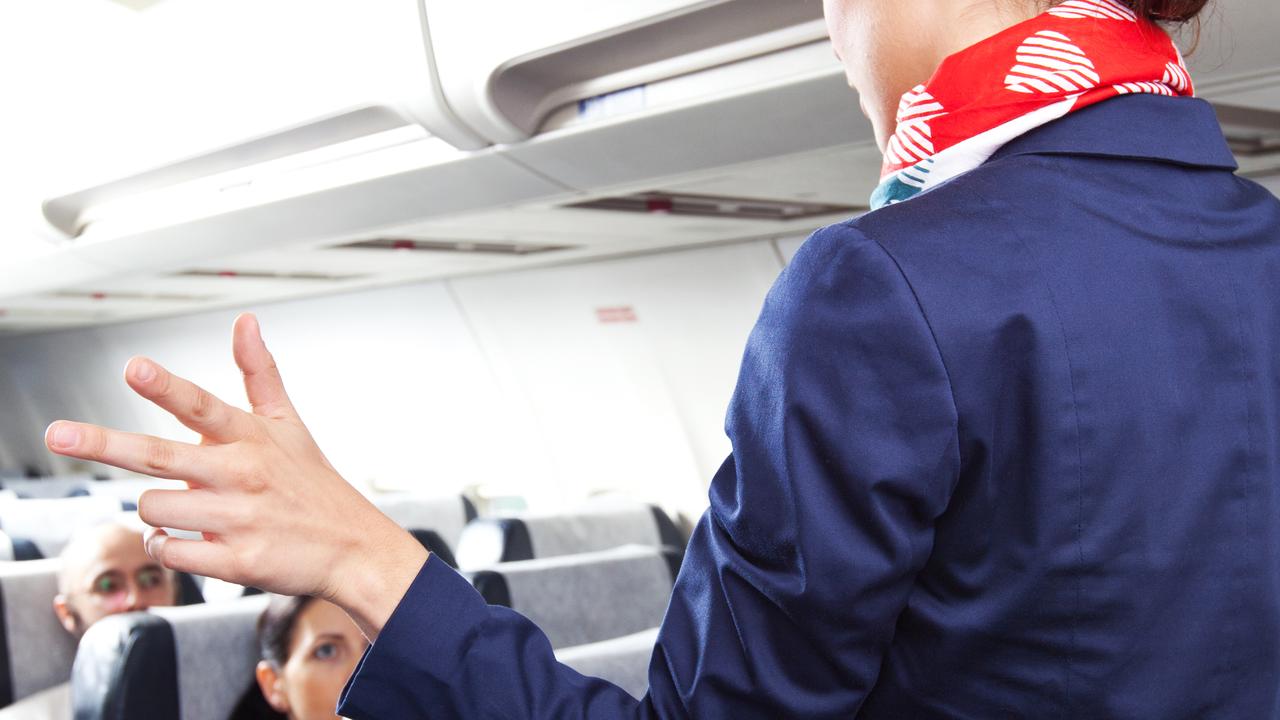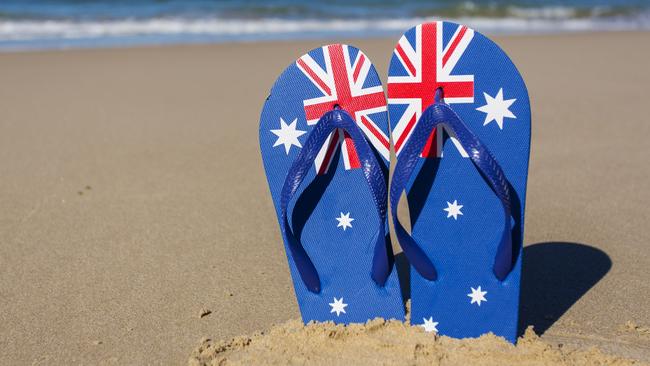Escape into Alcatraz
EACH fortnight, Darwin E. Coon returns to Alcatraz to chat about doing time as prisoner No. 1422 in the world's best-known prison.
THREE crime-free decades after doing time for armed robbery, Darwin E. Coon is back in prison – by choice.
Every fortnight, he follows in the footsteps of some notorious men to chat and sell his story about being prisoner No. 1422 in the world's best-known jail.
The Rock tops my list of yet-to-see prisons, but on this sunny autumn morning every tourist in San Francisco seems to have the same plan and the ferries leaving Fisherman's Wharf fill fast.
I spend the hour's wait looking at sea lions sunbaking at Pier 39 – a tourist net baited with cafes and souvenir shops – and checking out the dozen rival outlets boasting original chowder in a sourdough-bowl.
Then it's time. As the TV-familiar city spreads out behind the packed ferry, Alcatraz looms ahead.
Named La Isla de los Alcatraces (the Island of the Pelicans) in 1775 by Spanish explorer Juan Manuel de Ayala, Alcatraz was a fort from 1859 and a military prison until 1933.
But it found fame as the US's toughest federal prison.
Stepping ashore, I try to imagine what it was like for the prisoners – the worst of the worst – who landed in shackles, facing years of maximum security with minimum privileges. The right to everything other than food, clothing and medical care had to be earned.
But the sun's too bright and the welcome too warm.
More than four decades after the prison closed, the only hardship for visitors is walking 400m up a road that climbs the equivalent of 13 storeys. An hourly shuttle bus takes those needing assistance.
Alcatraz tickets include an audio-tour of the cell house, which was the largest steel-reinforced concrete building in the world when completed in 1912.
Made up of interviews with former guards and inmates, the tour starts on "Broadway", as prisoners called the main corridor.
With dozens of other headphone-wearers, I walk from the open-fronted cells on Broadway to the segregation cells and into a double-doored solitary confinement cell where a prisoner could spend up to 19 days as punishment.
"Close your eyes and experience the darkness," the convict's voice in my ear says. "Picture a light. Concentrate on it. I went on trips with that light."
Back out in the main block, I peer up at the gun galleries and then walk around the sun-filled recreation yard.
At the far end of the cell house is Alcatraz lighthouse, a 1909 concrete replacement for the mid 19th-century original.
Beside the tower are the ruins of the warden's house, its untended garden still blooming and windows still framing views of Golden Gate Bridge and the city. On New Year's Eve, the right wind carried party sounds from the yacht club across the water.
Prisoners could also see the free world through cell-house windows. There was never a day they didn't see what they were missing.
Rangers give free interpretive talks about Alcatraz as a fort and military prison, describing sometimes bloody escape attempts (no successful escape has ever been confirmed) and the famous inmates whose black and white photos stare off the wall in the cell-house barber's shop.
The last Public Enemy No. 1, Alvin "Creepy" Karpis, progressed from bootlegging to kidnap and murder before his arrest in 1936. Karpis spent nearly 26 years at Alcatraz, more than anyone else, before his transfer to McNeil Island, where he met and taught guitar to a young prisoner called Charles Manson.
Robert Stroud, the Birdman of Alcatraz, earned his moniker in Leavenworth Federal Penitentiary, where he spent 30 years for manslaughter and the 1916 murder of a prison guard. Over that time, he studied, bred and wrote two books about canaries and ran a successful business selling them.
But he was unremorseful, demanding and an administrative headache, and in 1942 he was transferred to Alcatraz, where he was not allowed to keep birds.
Opinions differ on Stroud's treatment over his 55 years in jail, but the nice-guy image in the 1962 Burt Lancaster film Birdman of Alcatraz caused a furore.
His death in a prison hospital wasn't big news, only because president John F. Kennedy was assassinated the next day.
No Alcatraz roll-call is complete without Al "Scarface" Capone, the multimillionaire gangster jailed for tax evasion.
Transferred there from an Atlanta prison, where he had bought guards and privileges and continued his business activities, Capone worked in the prison laundry washing army uniforms.
Coon answers questions about his time on The Rock with a smile. One of the most common is whether he thinks Clarence and John Anglin survived their escape attempt on June 11, 1962.
With Frankie Morris, the Anglin brothers fled the island in a hand-made pontoon, a getaway famously retold in the Clint Eastwood film Escape from Alcatraz. They were never seen again and most people believe they drowned. Coon thinks they went back to the Florida Everglades.
Four decades on, escaping Alcatraz is as easy as walking back down to the dock and on to a ferry.
The Sunday Times



